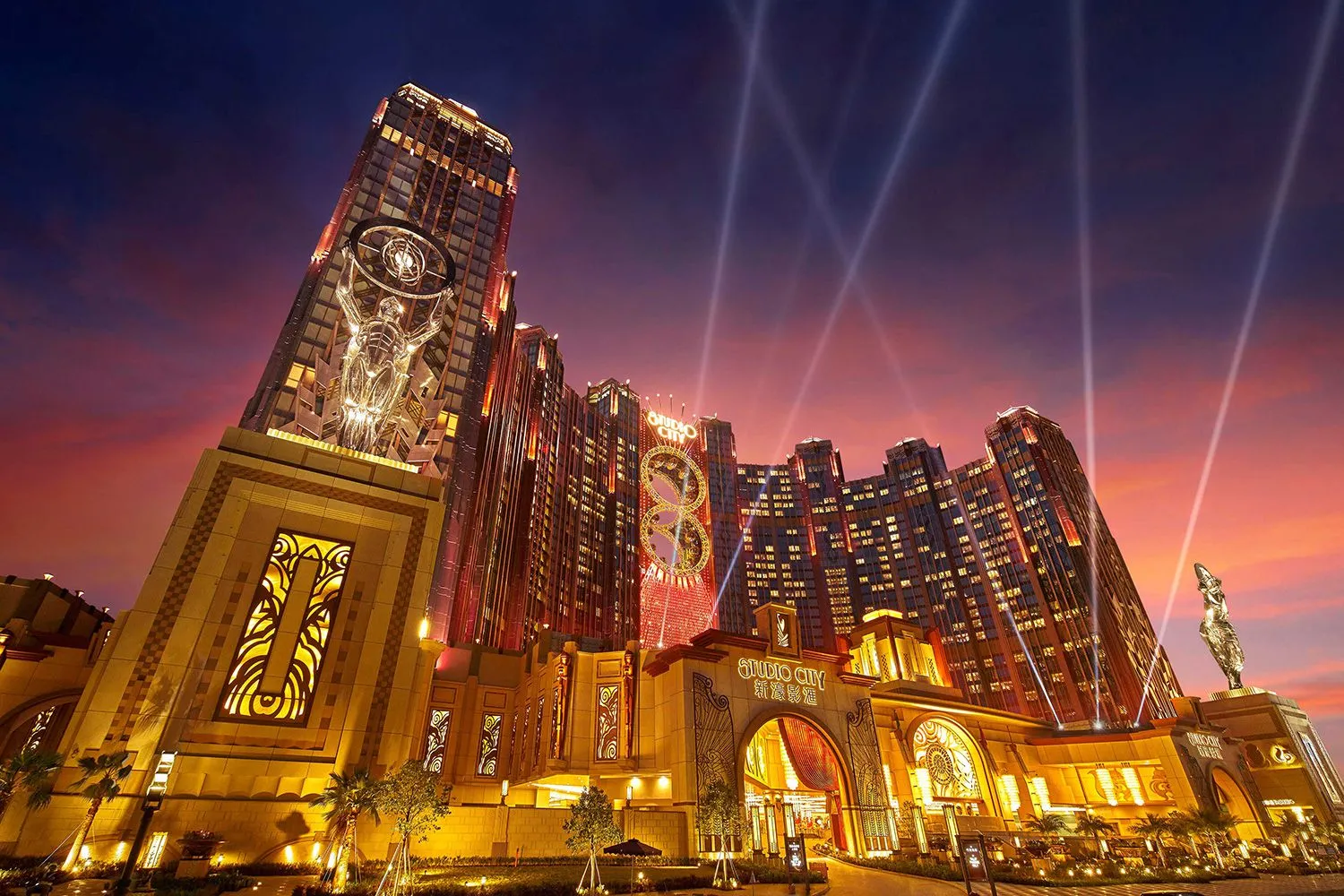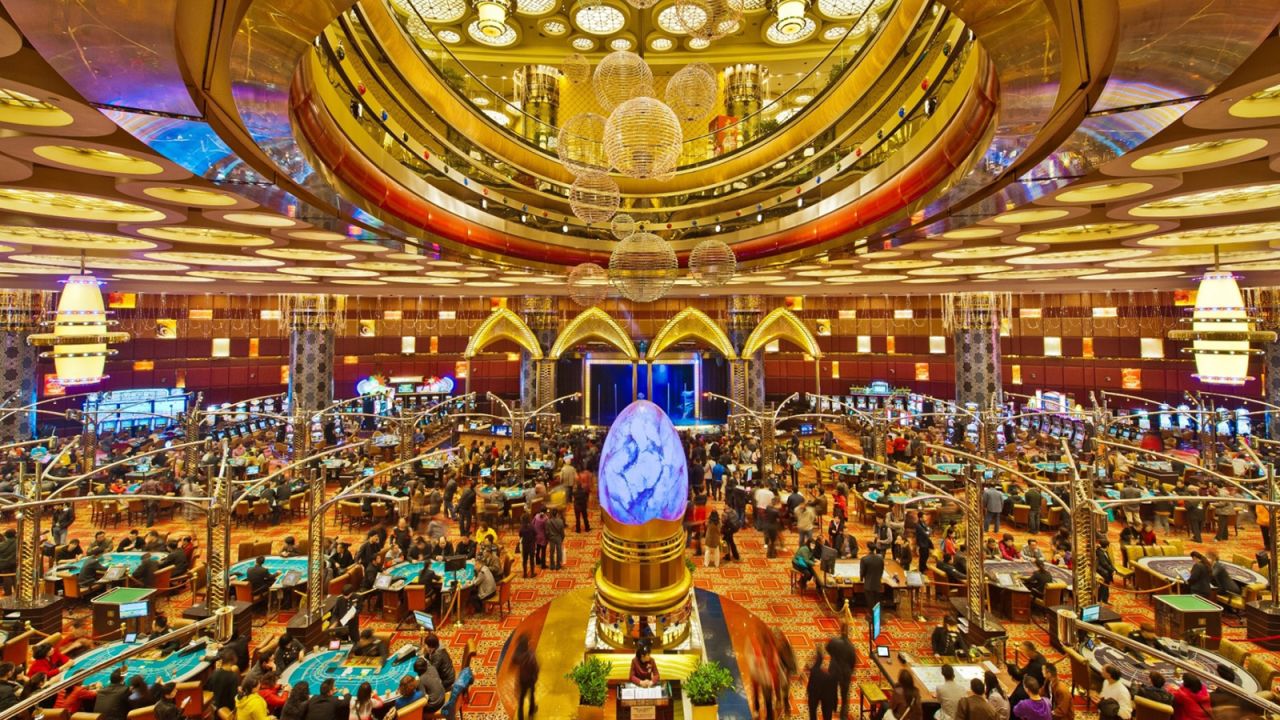The district is divided into continental and insular municipalities, which are made up of districts. The continental municipality has five districts, while the island municipality has three.

The most interesting for tourists are the following districts:
- Nossa Señora de Fatima. Here you can see the remains of the Portuguese fort Monha, the Buddhist temple of Kunyam, the city park named after Sun Yat-sen with a developed recreation infrastructure.
- Santo Antonio. The district attracts tourists with the ruins of St. Paul’s Cathedral, the Buddhist temple of Nacha, the Macau Museum and the Museum of Sacred Art.
- Cotai. A true paradise for gamblers. Numerous casinos and nightclubs await them in this district.
Where to go and what to see
The earliest references to the South Chinese culture on the territory of the modern administrative region date back to the 4th-2nd millennia BC. At the beginning of the III century BC, these lands were part of the province of Guangdong, which belonged to the Qin Empire.
The first permanent settlements appeared here in the second half of the 13th century. They were founded by representatives of the Chinese Song Dynasty, who fled from the Mongol invaders.
During the reign of the Ming Dynasty (XIV-XVII centuries), immigrants from neighboring regions settled in Macau. They erected the temple of A-ma, from whose name the name “Macao” was derived. This territory also has another Chinese name – Aomyn. It is believed that it is associated with the hills that rise here.
For the first time, Portuguese sailors came ashore at the mouth of the Pearl River at the very beginning of the 16th century. And after 40 years, a Portuguese trading post appeared here. Macau became a place where trade was carried out with other parts of China and Asian countries. In the second half of the 16th century, China handed over Macao to Portugal in exchange for paying tribute, although officially these lands still belonged to it. At the end of the 16th century, Macau became a stronghold of the Jesuits in China.
The influence of Portugal was constantly strengthened. And in 1685, China was forced to recognize Macau as a port for foreign trade. But at the same time he insisted on his dominance in these lands.
In the XVII-first half of the XIX century, Macau remained an important center of Portuguese trade with many regions, officially subordinate to China. But in 1849, the colonial authorities proclaimed the secession of Macau from China, which was not recognized by the Chinese. Since then, China and Portugal have periodically declared their claims to Macau.

In the second half of the 20th century, the Chinese population, with the support of the PRC, declared a boycott of the Portuguese authorities and the Portuguese townspeople.
In 1979, China declared the area Chinese territory with extensive autonomy under Portuguese rule. In 1999, Macau became a Special Administrative Region of the People’s Republic of China.
- Stroll around Senado Square. The central city square is considered the heart of historic Macau. It is lined with stones in the form of an original wavy pattern. Admire the fountains and beautiful alleys, see the colonial-style buildings located along the perimeter of the square. The most impressive buildings are the Baroque Church of St. Dominic, the Holy House of Mercy, the Church of Our Lady, the Chinese Temple and the building of the former Senate.
- See the ruins of St. Paul’s Cathedral. The main symbol of Macau was erected in the 17th century. Now only a beautiful facade remains from it, to which a monumental staircase leads. Pay attention to the graceful sculptural compositions of the facade, in which European and Asian elements are intertwined. Go down to the crypt, where there is an underground chapel with the relics of Christian martyrs.
- Go to Fort Guia. The defensive fortress of the 17th century was built on the highest point of Macau and is surrounded by walls with towers and observation towers. Its main attractions are the 17th century church with ancient paintings and the first modern lighthouse in China, built in the 19th century. Near the fort there is a magnificent Flower Garden, which has ponds, small elegant pavilions and even a small zoo.
- Impressed by the A-Ma temple. The oldest temple in the region is dedicated to the goddess A-Ma, the patroness of fishermen. The beautiful temple complex, built in the 15th century, is included in the UNESCO heritage list. Its halls and courtyard are decorated with stone carvings, paintings, and decorative columns. The temple ensemble is surrounded by stone statues of lions.
- Get acquainted with the exhibits of the most curious museum of Macau. It is located within the walls of a 17th-century Jesuit fortress, located on top of a high hill and consists of one ground and two underground levels.
- The lowest one contains collections telling about the history of the region before the arrival of the Portuguese in the 16th century. On the second level there are expositions dedicated to the traditions and art of Macau. On the third – halls with masterpieces of modern art.
- Climb the Macau Tower. The 338-meter skyscraper is a huge shopping and entertainment complex with an observation platform. From the observation deck, located at an altitude of 233 m, a panorama of a dynamic metropolis opens up. The floor of the site is glass, moving. Macau Tower offers extreme entertainment: bungee jumping, ledge walks.
